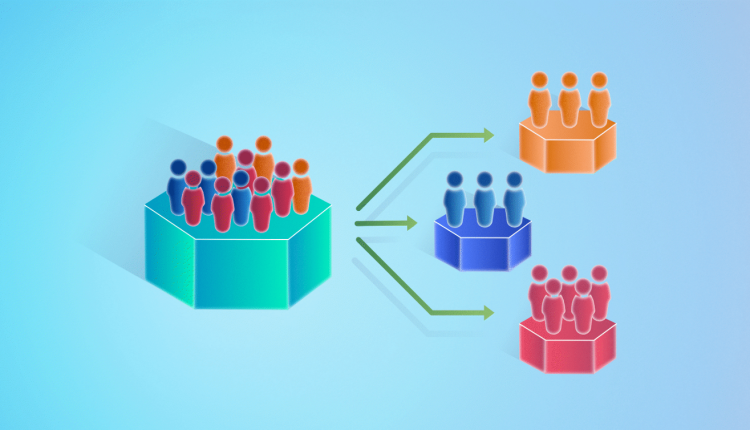What does Cluster Analysis mean? It is the grouping and classification of objects, based on their differences or similarities, into clusters and assigning a suitable label to the clusters. A very strong tool that is needed by every organization of every sector, is Cluster Analysis. Cluster Analysis deals with data matrices and partitioning of objects into their subsets, there is no beforehand information about the clusters. To find comparable groups of objects and the similarity between these objects is the main purpose of Cluster Analysis. The similarities and comparisons of all the objects or subjects of a cluster are the measuring units of the entire set of characteristics.
Applications of Cluster Analysis
Cluster Analysis is used widely in the market to classify consumers and grouping them based on their homogeneity, which is one of its biggest applications. Classification is done on the basis of consumer’s patterns of purchasing a product.
Analyzing the pattern of deception, criminal activities, and fraudulent are detected using data mining. In the smart city projects, based on geographies, types of houses, and their values, houses are classified. In botany, plants are classified based on their similarities in genes. Clustering is getting used extensively to detect traffic on websites, particularly from bots and spams. Firstly, characteristics of the traffic resources are clubbed together to create clusters and then the traffic types are classified. This technique is used widely in detections.
Methods of Cluster Analysis
Cluster Analysis is a problem formulating process which deals with choosing the procedure and the measure on which the clusters will be based, deciding the number of clusters to be formed and evaluating the validity, and draw conclusions. Clustering can be done in five ways:
1) Hierarchical Clustering Method
The Hierarchical Clustering method works by grouping data into tree-like structures called Dendrogram, which gives sequence-wise statistics of how objects are merged. This method aims at producing a hierarchical series of nested groups. The methods to achieve hierarchical clustering are:
Agglomerative – In the Agglomerative method, every object is considered as an individual cluster and most relatable and nearest clusters are merged. It keeps on iterating until one cluster of different merged clusters is created.
Divisive – In this approach of clustering all the objects are accounted for a single cluster, and after every repetition, dissimilar objects are separated. To be precise it is just the opposite of the Agglomerative approach.
2) Partitioning Clustering Method
In this K-Mean method, a database containing N objects is partitioned by K partitions which are user-defined. Based on similarities clusters are formed, which are defined concerning the mean value of the cluster.
3) Density-Based Clustering Method
In this technique, distinctive groups are identified keeping the focus on density. It uses data connectivity and data reachability. The Density-Based Clustering aims at identifying regions where objects are concentrated and are separated by empty areas and the points that are not members of a cluster are marked as noise.
4) Grid-Based Clustering Method
In this approach, clusters are mined into clusters in a large multidimensional space and are considered as denser sections than their surroundings. It works by performing a stepped procedure.
- The grid structure is created by partitioning the data space into cells.
- The cell density is calculated.
- Cells are sorted based on their densities.
- Cluster centers are identified.
- Neighbor cells are traversed.
5) Constraint-Based Clustering Method
The constraint-Based Clustering Method deals with constraints that are user-defined. Constraint-based grouping helps interactive communications, provided by restrictions. The constraints are categories as:
- Constraints on an individual object and its properties.
- Constraint on selecting clustering parameters.
- Based on partial supervision, semi-supervised clustering.
- Constraint on the similarity of functions.
6) Model-Based Clustering Methods
In model-based clustering, the data is assumed to be formed by a mixture of probability distributions and each component representing a distinct cluster. Thus the clustering method is demanded to work well when the data fit the model.
Conclusion
The data which is collected is unorganized, clustering organizes the data and grouping thus makes the task of studying the data easier for an expert. The algorithms used are scalable since the database is large. The algorithms used show their versatile nature as many types of data used. The data can be binary, interval-based, or categorical. High dimensional data is handled easily using Cluster Analysis. The result of the Analysis is readable and is very helpful to draw conclusions from researches.



